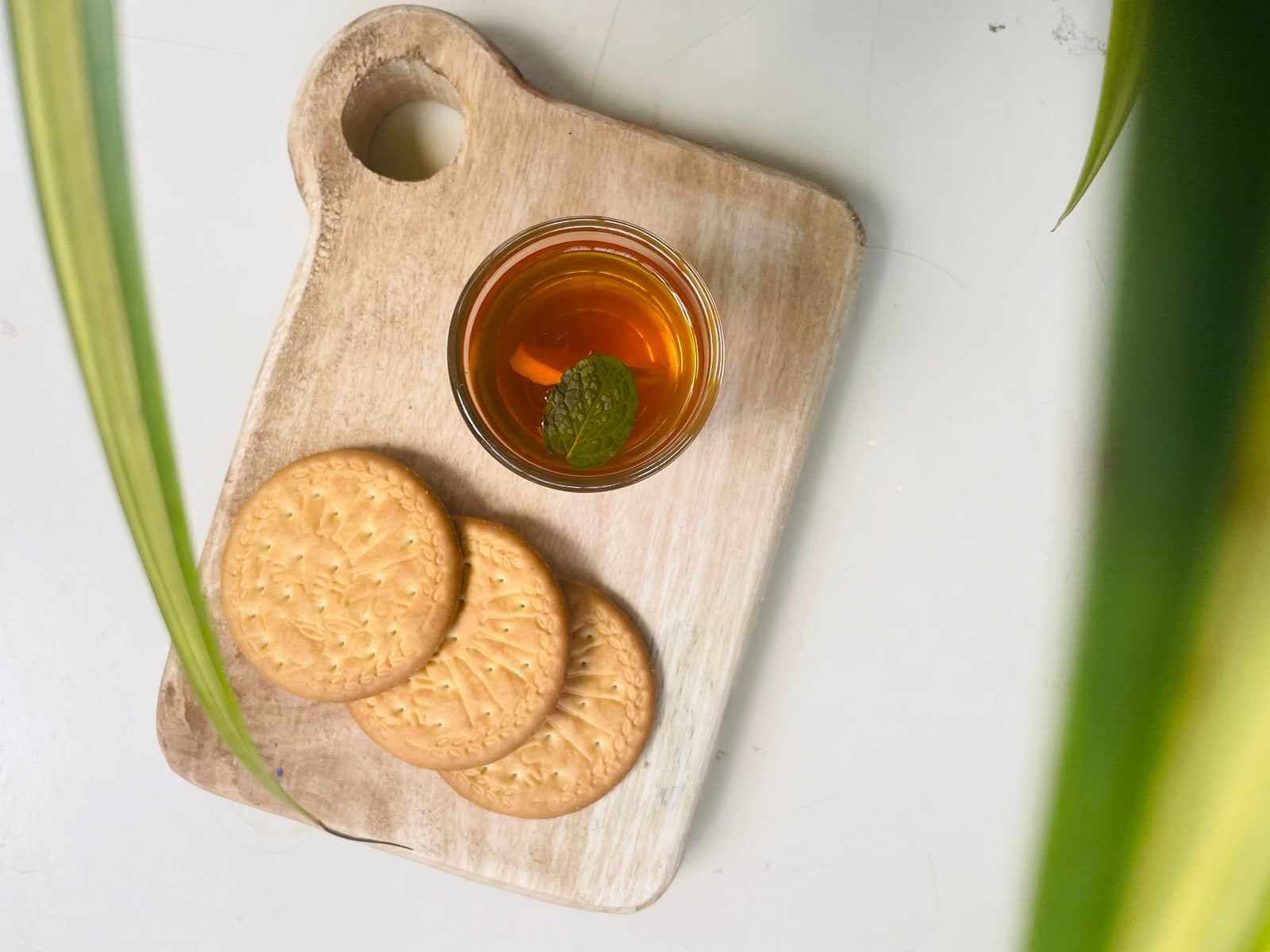Chaaai!
Every afternoon, at most Indian homes, the family gets together to enjoy a cup of piping hot chai (tea), sometimes accompanied by a biscuit or two. Wondering how Chai was Originated?
According to ‘The Story of Tea’, tea drinking likely began in Yunnan province during the Shang Dynasty (1500 BC–1046 BC), as a medicinal drink. In one popular Chinese legend, Emperor Shennong was drinking a bowl of just boiled water because of a decree that his subjects must boil water before drinking it.[13] Sometime around 2737 BC, a few leaves were blown from a nearby tree into his water, changing the color and taste. The emperor took a sip of the brew and was pleasantly surprised by its flavor and restorative properties. A variant of the legend tells that the emperor tested the medical properties of various herbs on himself, some of them poisonous, and found tea to work as an antidote. A similar Chinese legend states that Shennong would chew the leaves, stems, and roots of various plants to discover medicinal herbs. If he consumed a poisonous plant, he would chew tea leaves to counteract the poison.
Tea was introduced to India by the British in the nineteenth century, to overcome the monopoly of Chinese production. The first area to be planted was the mountain region surrounding the city of Darjeeling, perched on the Himalayan foothills, in the 1850s.
Today, India is second largest tea producers in the world, although over 70 per cent of its tea is consumed within India itself. A number of renowned teas, such as Assam and Darjeeling, also grow exclusively in India.
A Cup of tea is a cup of peace. Numerous studies have found that Tea helps in weight loss, boosting immunity and mental alertness, preventing heart diseases and arthritis, managing diabetes and delaying the aging process.

